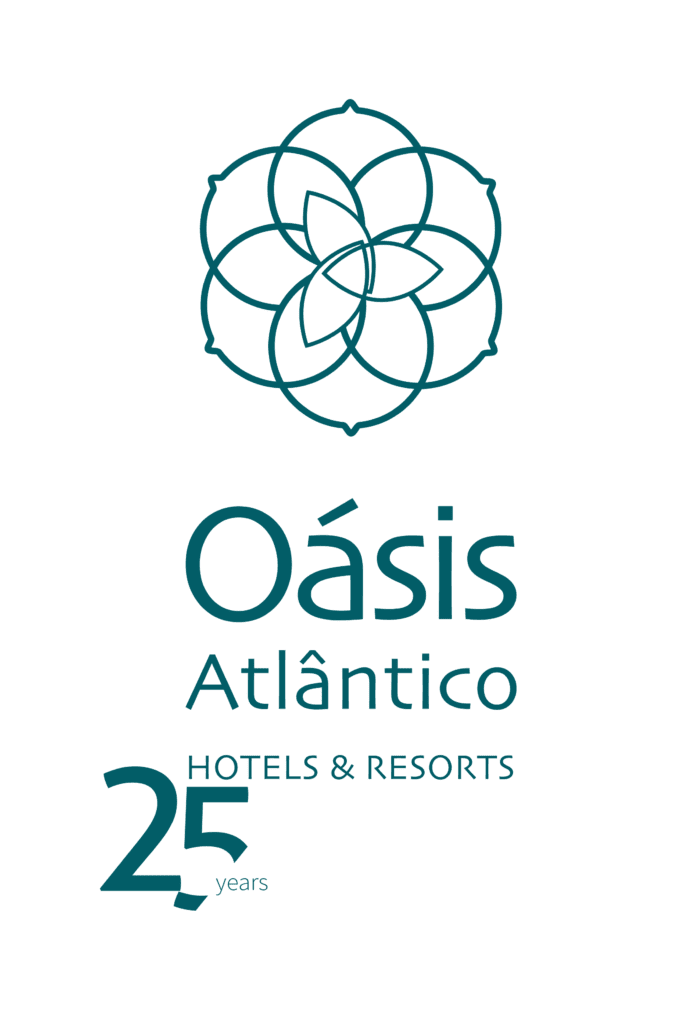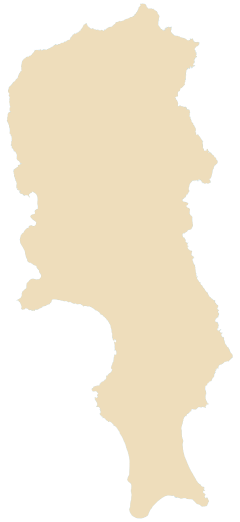Sal Island
A slow and tender melody like Morna and the hot rhythms of the Funaná.
Hotels
History
Because there was no available drinking water, the island was left abandoned until the 19th Century. The year of 1833 brought the beginning of salt exploration in Pedra de Lume and with it the first settlements.
With the intention of being a stopover for flights to South America, the “International Airport of Sal” was built in 1939 through an Italian initiative. It was also at this time that rainwater collection systems were implemented, allowing for an increase in settlements mainly through internal migration within the archipelago, mostly from São Nicolau Island.
After the country’s independence, the airport was renamed Amilcar Cabral International Airport.
Nature
Sal Island has around 35,000 inhabitants. Its proximity to the African mainland makes it vulnerable to hot dry winds that carry desert sand from the Sahara.
Its extreme flatness despite its volcanic origins, the lack of mountains (except in the north) to condense atmospheric humidity, result in a very arid island with long stretches of white sandy beaches and a mild climate with very little temperature variations (between 24ªC and 30ªC).
Nature
Sal Island has around 35,000 inhabitants. Its proximity to the African mainland makes it vulnerable to hot dry winds that carry desert sand from the Sahara.
Its extreme flatness despite its volcanic origins, the lack of mountains (except in the north) to condense atmospheric humidity, result in a very arid island with long stretches of white sandy beaches and a mild climate with very little temperature variations (between 24ªC and 30ªC).
Culture
In addition to official Portuguese, Cape Verdean Creole is used on a daily basis by the majority of the population of Sal.
The island’s best known figure was singer and songwriter Ildo Lobo, who died in 2004. His versatile and melodic voice and his powerful presence on stage made him one of the greatest performers of Cape Verde.
Sightseeing

Vila de Santa Maria

The Village of Santa Maria is just a 5 minute walk from Oasis Atlantico Belorizonte Hotel and, in addition to the inhabitants of Cape-Verdean origin, is home to a considerable Senegalese, Portuguese and Italian community.
Santa Maria is located near a long strip of beach with white sands and a crystal blue sea. Everyday, Santa Maria’s Pier receives fishermen who every morning unload fresh fish, the product of their fishing outings. There you can find tunas and many other species, which are often traded and sold on site.
There are also several restaurants offering Cape Verdean, Portuguese and Italian specialties. Fresh seafood can be enjoyed in many of them. Barnacles, shrimps and lobsters are just a few examples. Some of these establishments feature live Cape Verdean music.
There are also numerous handicraft shops, many owned by Senegalese immigrants. The sale of fruit and vegetables is a common practice and there are also several grocery stores which also provide these and other food products.
Salinas of Pedra de Lume

Pedra de Lume is a town located on the east coast of Sal Island. It is located by the sea, and has a beach integrated in a landscape of remarkable beauty. Nearby, in the crater of an ancient volcano, into which the seawater infiltrates and later evaporates, are the Pedra de Lume Salt Pans, whose salt gives Sal Island its name.
Much of the salt produced on the island is treated at an existing factory in Pedra de Lume. In some of the salt pans, it is possible to try to dive into its highly concentrated salty waters. The high salt density prevents people from reaching the bottom, allowing them to float effortlessly.
Salinas of Pedra de Lume

Pedra de Lume is a town located on the east coast of Sal Island. It is located by the sea, and has a beach integrated in a landscape of remarkable beauty. Nearby, in the crater of an ancient volcano, into which the seawater infiltrates and later evaporates, are the Pedra de Lume Salt Pans, whose salt gives Sal Island its name.
Much of the salt produced on the island is treated at an existing factory in Pedra de Lume. In some of the salt pans, it is possible to try to dive into its highly concentrated salty waters. The high salt density prevents people from reaching the bottom, allowing them to float effortlessly.
Cidade de Espargos

Espargos is the seat of the municipality of Sal, and the Island’s largest city. It is located near the airport which is the genesis of its creation and growth.
Buracona – Natural Pool

Buracona is a small bay located approximately 4 km west of the island’s capital, Espargos.
Buracona – Natural Pool

Buracona is a small bay located approximately 4 km west of the island’s capital, Espargos.


